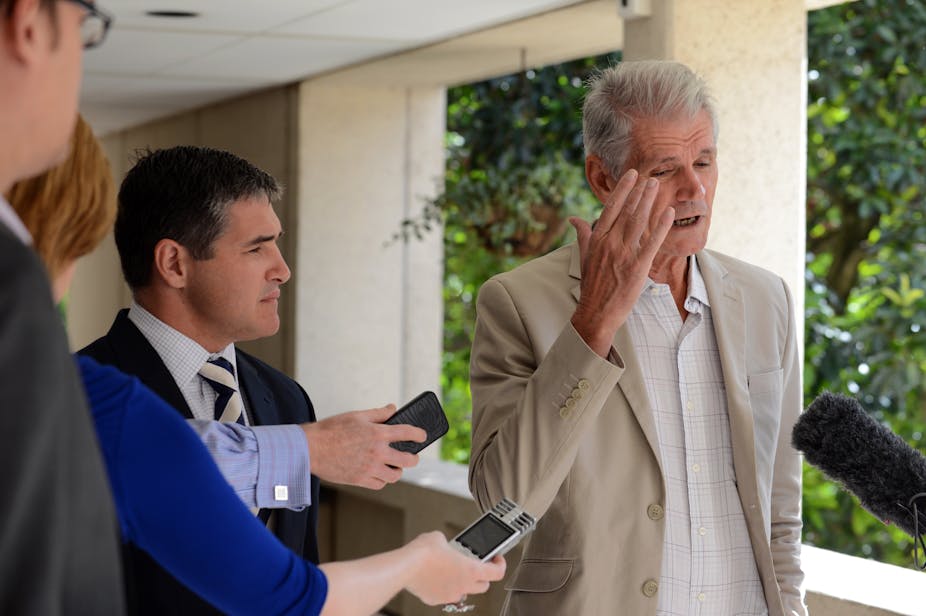The extraction of coal seam gas (CSG) appears to be a simple exercise - drill bores, pump the water out and gas flows away. While this is technically true, many of the environmental risks are nowhere near as straightforward at all.
Concerns have been raised for several years about the long-term impacts on groundwater from CSG mining, focusing on aspects such as reduced groundwater levels and risks to groundwater quality (among other issues such as surface water, land use, gaseous emissions, waste-water management and so on). The basic problem, however, is that the groundwater risks may take many months, years and decades to reach their climax. This means that we are yet to truly see the impacts and this allows some in the debate to argue “no data, no impact”.
In this light, the recent discovery of what appears to be a major gas leak into the Condamine River, just west of Chinchilla, deserves very careful scrutiny and investigation - certainly not the usual “Sir Humphrey Appleby-esque” denials which still characterise government and industry response to such events.
So, can this “leak” now bubbling to the surface be natural, or can it be due to CSG extraction, in part or whole? Let’s look at the basic facts.
The Condamine River is a part of a large ancient river channel filled with sands, gravels and other sediments and often covered with black soils washed down from the basalts of the Great Dividing Range. The Condamine Alluvium, as it is called, is an exceptionally good groundwater resource. The combination of rich soils and reliable groundwater make the Darling Downs very valuable for agriculture and rural communities.
Underneath the Condamine Alluvium lies an older series of sediments and rocks called the Walloon Coal Measures - named obviously after its coal seams. The layers also include some sandstones in between the coal, which some farmers also tap into for groundwater supply.
Methane gas is often found trapped in coal and associated groundwater, and for decades some farmers have noticed that a few bores have traces of methane. Coal miners historically saw methane as a sheer nuisance; now it is a potential energy resource we call “CSG”.
The flow of methane from the coal seams only occurs easily if the water pressure is reduced substantially - mainly by pumping the groundwater out and lowering the water levels.
For the Condamine situation, the coal seams contain groundwater pressure which is normally higher than the water levels (or pressure) in the Condamine Alluvium, helping to minimise the potential for gas to escape from the Walloon into the Condamine. However, if the groundwater pressures are lowered - by CSG activities or landholders - this could allow the gas to start moving more freely than before - and it would flow upward, in this case potentially to the Condamine River.
As such, there is clearly a technically plausible process for CSG activities to be a factor in the methane gas now bubbling to the surface - either wholly or in part.
This same mechanism, of course, is the basis for the process to possibly be natural also. However, the recent video footage from “Gasileaks” shows not just a bit of gas but lots of it, and over a significant stretch of the Condamine River. If the locals say they have never before seen such a large episode like this, it is incumbent on industry and government to take the event very, very seriously - and not pre-empt any findings even before the field research is done.
Personally, I would find it hard to be convinced that CSG has nothing whatsoever to do with the gas bubbling away in the Condamine (and contributing to climate change also, by the way) - but I await the evidence, not claim or counter-claim. Show me the data and let the facts speak for themselves.

